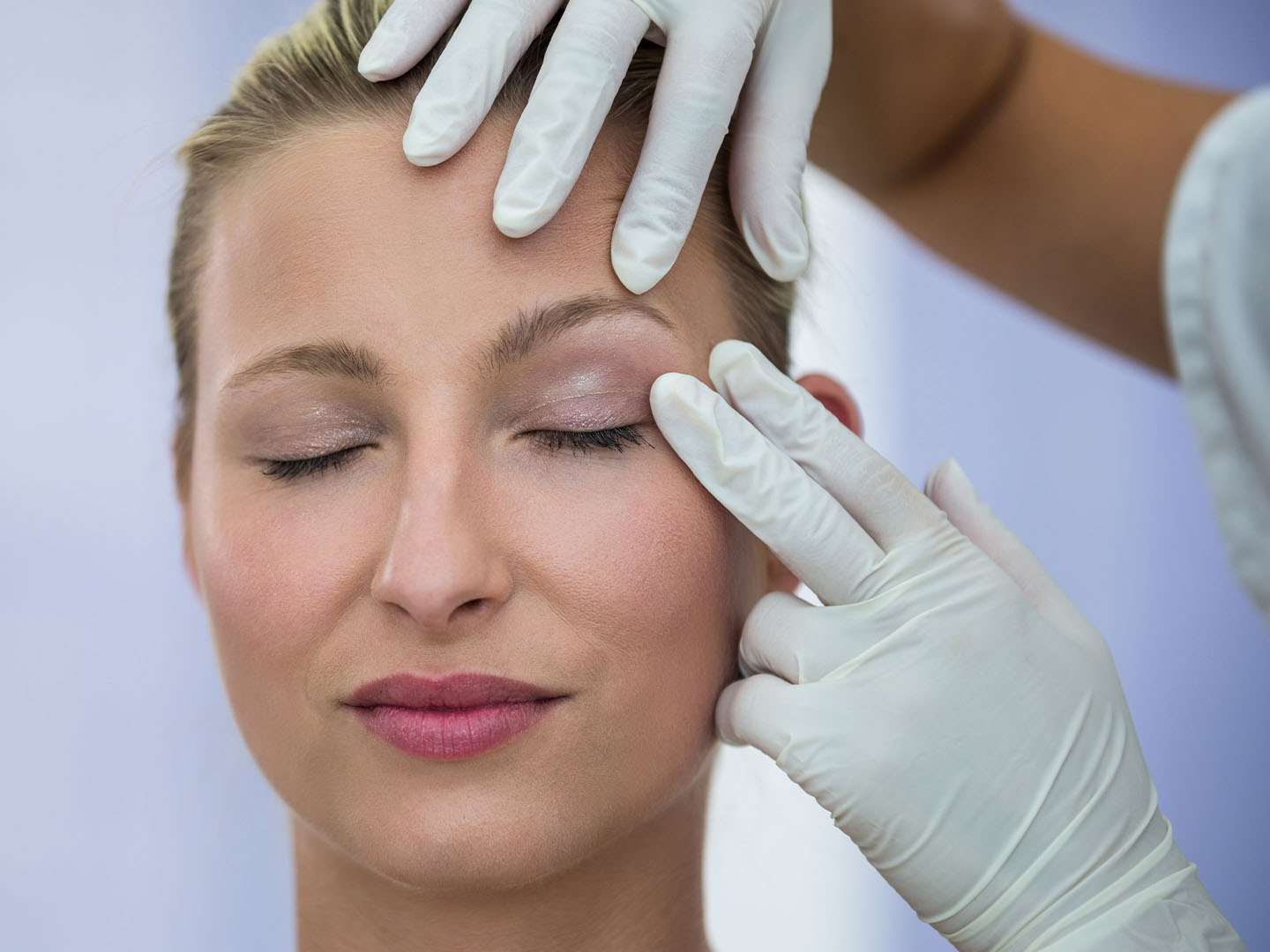
Temple hollowing is one of the earliest yet often overlooked signs of facial aging. Loss of volume in this area contributes not just to a skeletal look, but also affects eyebrow support and lateral eye frame. For aesthetic injectors, strategically placing filler in temples to lift eyes can significantly impact overall facial rejuvenation.
In this guide, we’ll explore what temple filler is, how it works to lift the eyes, which products are most suitable, and how to plan and execute treatments safely and effectively.
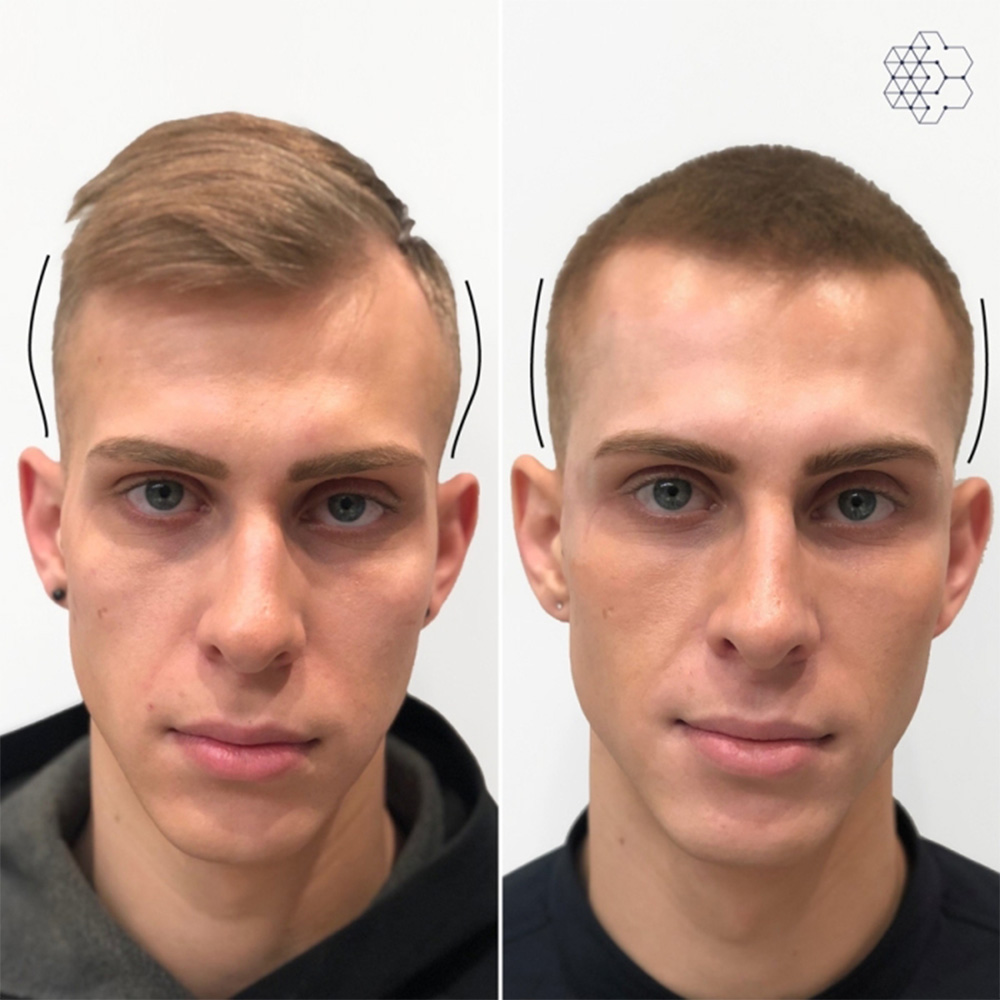
What Is a Temple Filler?
Temple filler is a dermal filler treatment used to restore volume in the temporal fossa, the concave area between the brow tail and the hairline, just lateral to the orbital rim. As fat, muscle, and bone support diminish with age, the temples become hollow, often leading to a gaunt appearance and sagging in surrounding areas.
By injecting filler into the temples, practitioners can restore soft tissue support and improve lateral brow positioning, leading to a more refreshed and lifted eye appearance.
For more on why temple filler matters in full-face rejuvenation, read our guide on why temple filler is key to facial balancing.
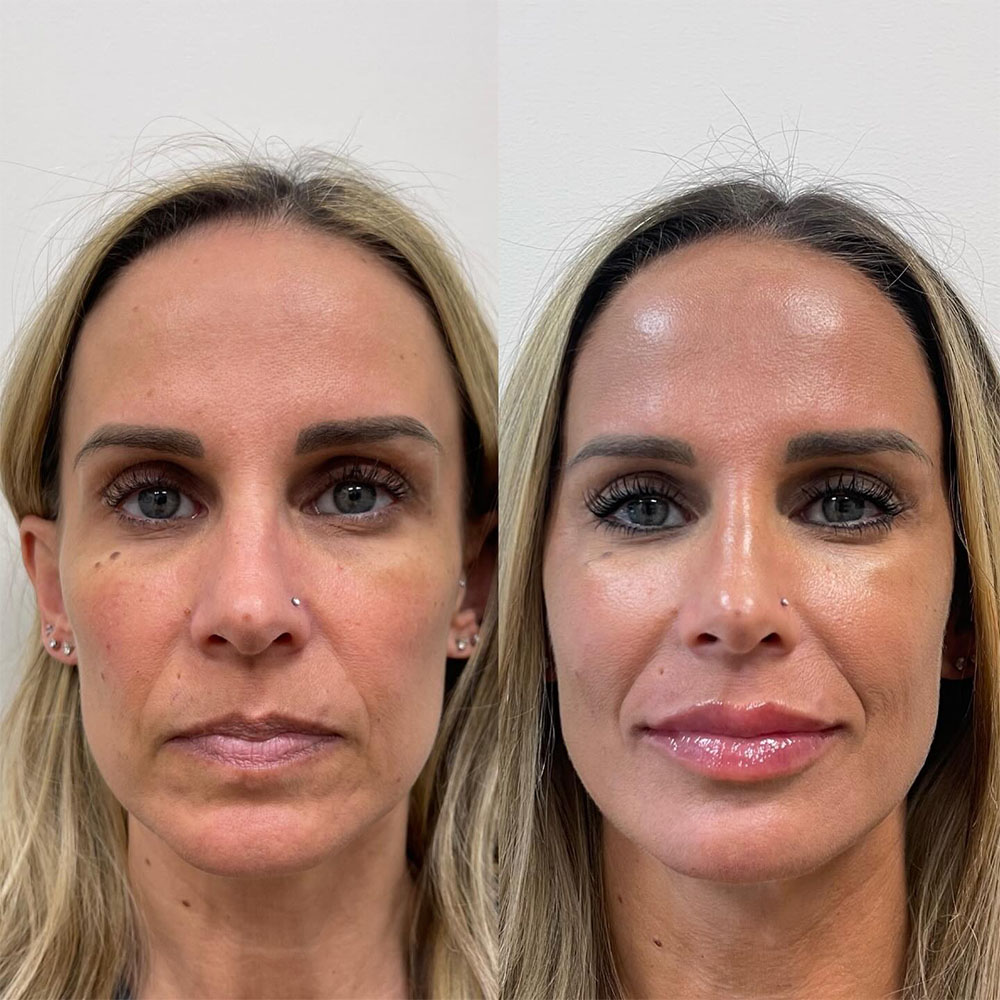
What Does Temple Filler Do?
The main benefits of temple dermal filler include:
- Eye lift effect: Filler placed near the temple supports the lateral brow and upper face, creating a subtle eye-opening effect.
- Restores facial volume: Corrects the skeletal or hollow look caused by aging or weight loss.
- Improves facial symmetry: Aids in balancing facial thirds, especially when combined with cheek and midface volumization.
- Softens crow’s feet and orbital shadows: Improved soft tissue volume can minimize dynamic lines near the eyes.
- Non-surgical brow lift: Especially in combination with Botox, temple filler contributes to a lifted brow appearance.
The results are subtle but transformative when done correctly.
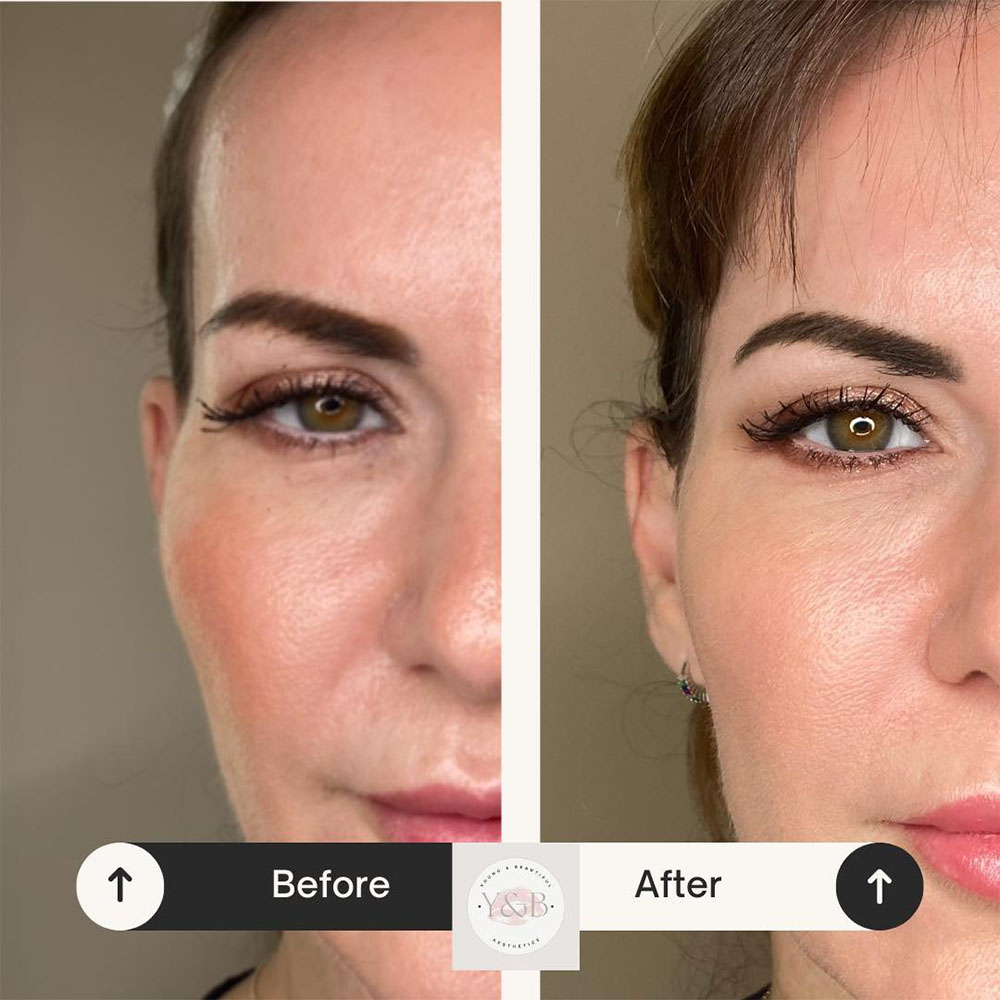
Temple Filler and Eye Lift: How It Works
Filler in temples to lift eyes works by restoring structural support to the outer orbital rim and upper face. When the temporal fat pads atrophy, the lateral brow loses its anchor. This can cause a descent in brow position, which in turn narrows and droops the upper eyelid space.
By replacing lost volume and reestablishing tension in the lateral orbital area, temple filler provides mechanical lift to the brow tail. The result is a more open upper eye contour, without touching the eyelid or brow directly.
In younger patients, this technique can help create an attractive "fox eye" or "cat eye" effect. In older patients, it restores natural youthful contours without looking overdone.
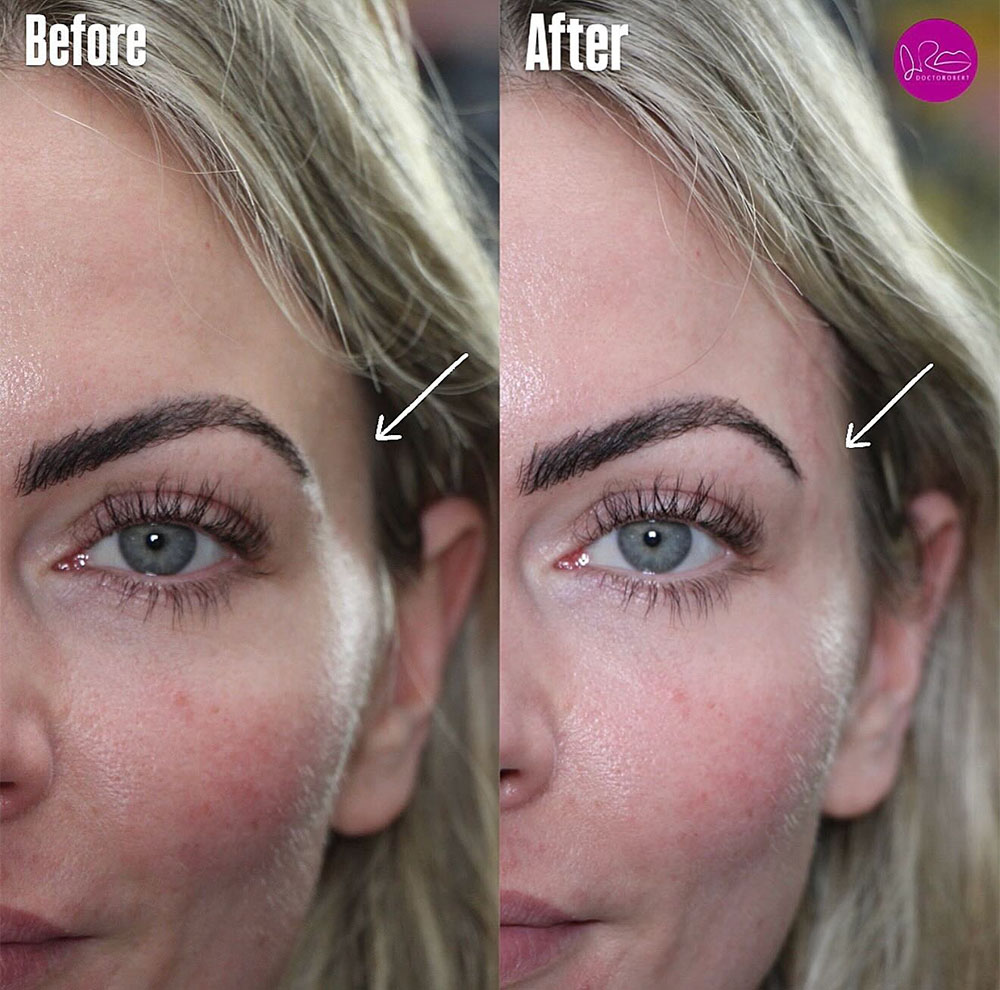
Best Fillers for Temples
The ideal product must be soft enough to avoid lumpiness, yet structurally stable to withstand movement in this dynamic zone. Commonly used options include:
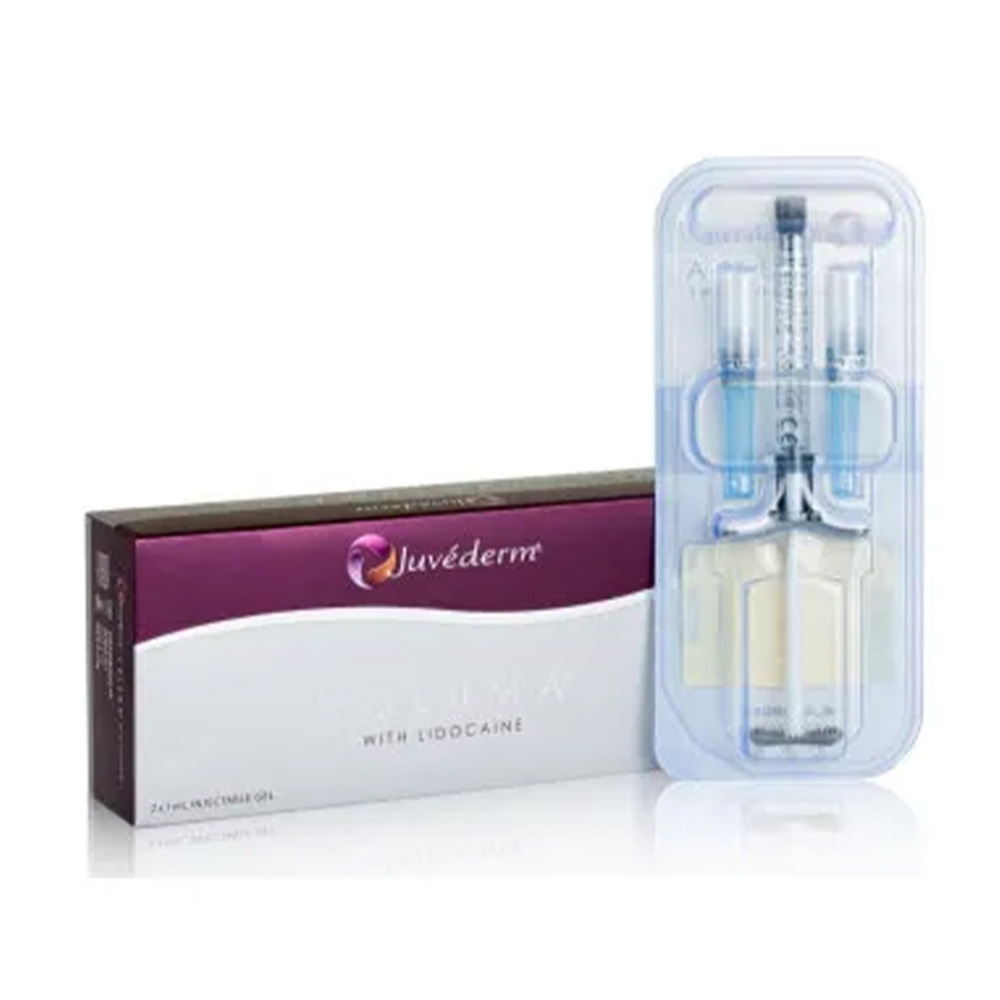
- Hyaluronic acid (HA) fillers: Versatile and reversible. Products like Juvederm Voluma or Restylane Lyft are often chosen for their lift capacity.
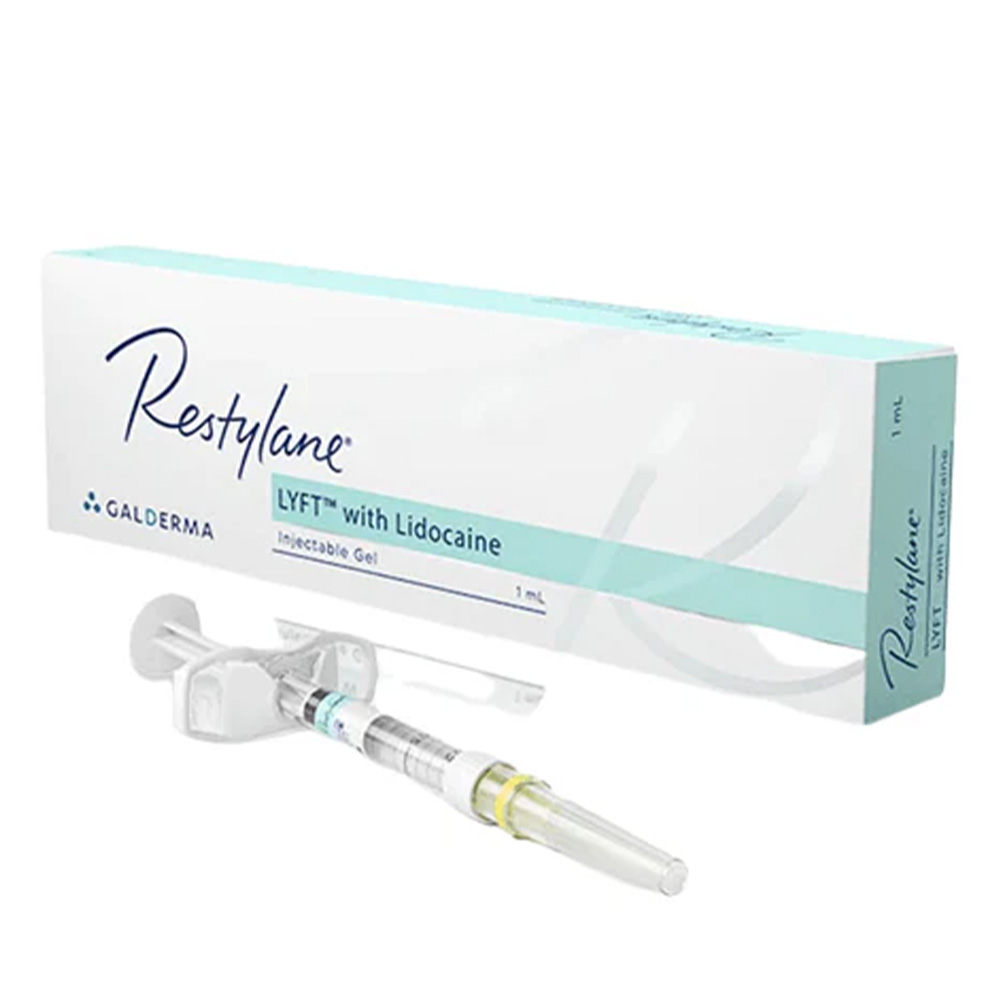
- Calcium hydroxylapatite (Radiesse): Offers long-lasting support and biostimulation but is not reversible.
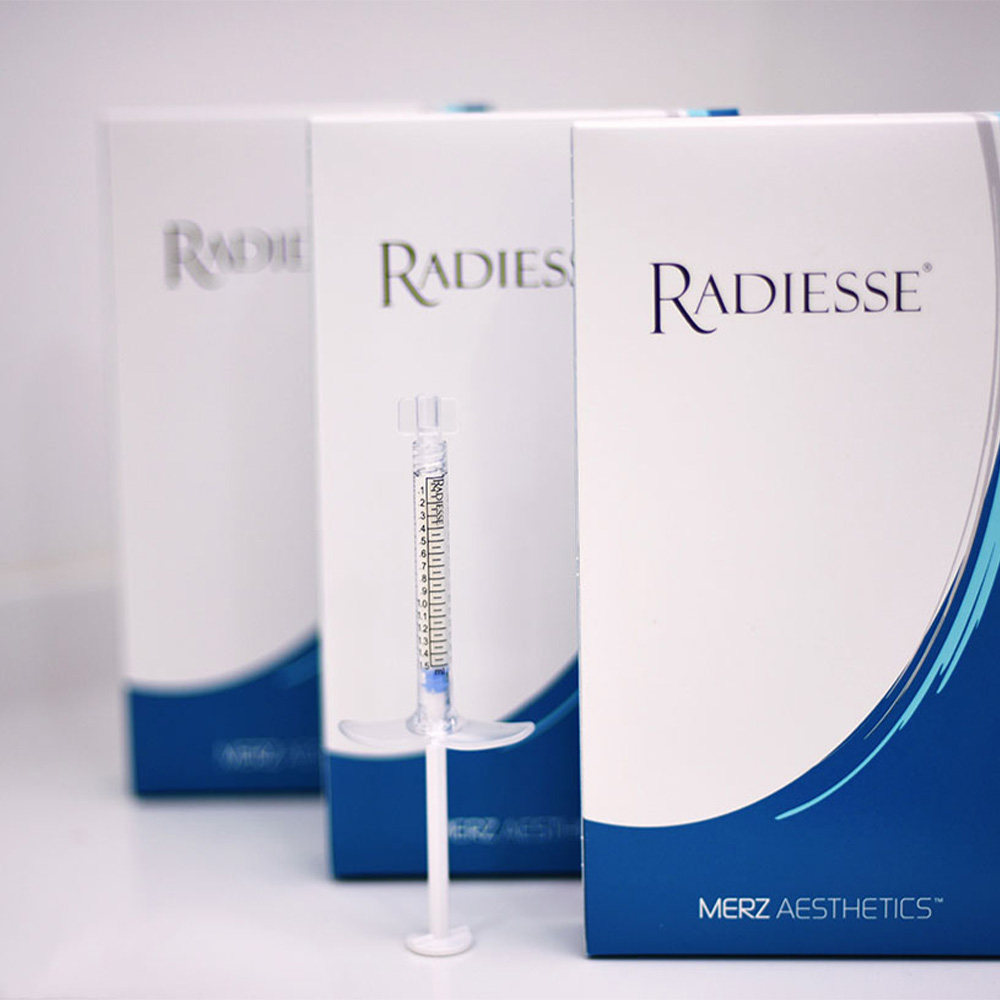
- Poly-L-lactic acid (Sculptra): Excellent for gradual collagen regeneration in patients with advanced volume loss.
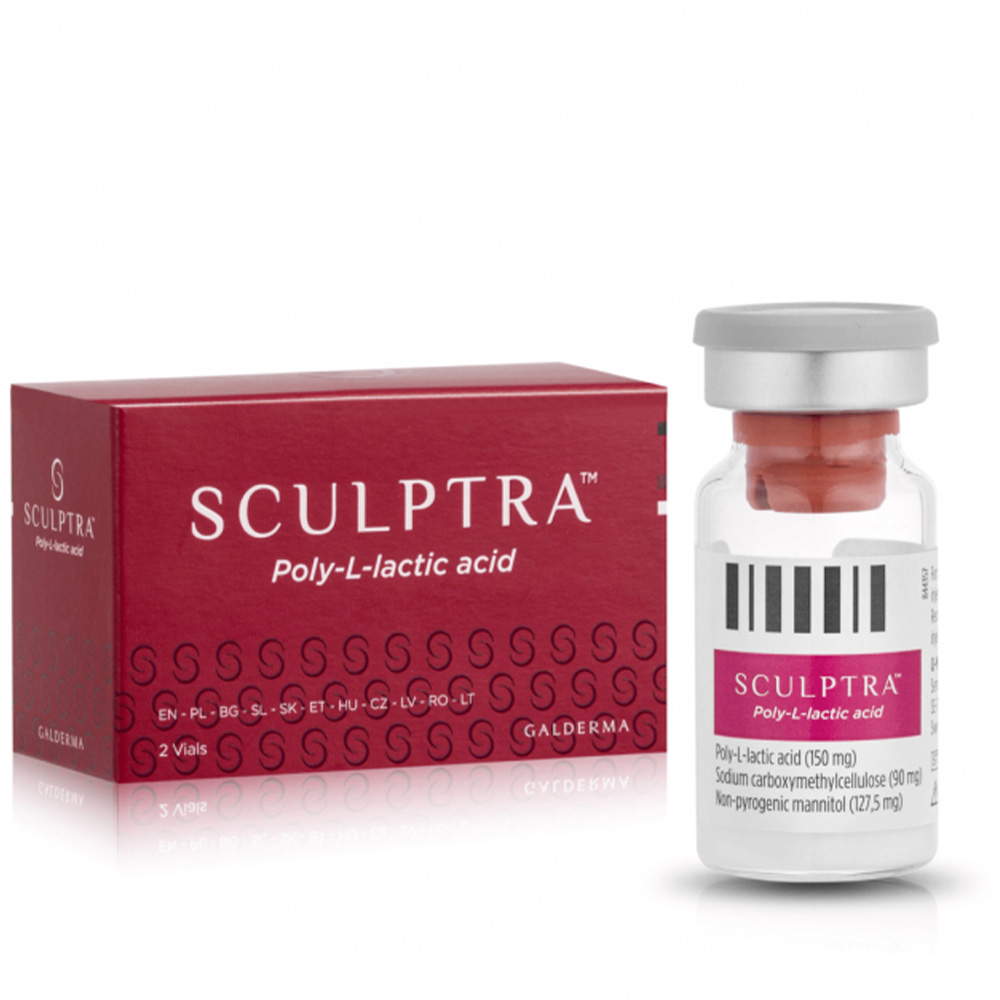
The best filler for temples depends on the patient’s degree of hollowing, skin thickness, and desired longevity.
Temple Filler Injection Technique: Safety and Landmarks
When injecting temple filler, precision and anatomical knowledge are critical. This area contains important neurovascular structures, including the superficial temporal artery.
Key considerations:
- Injection depth: Typically deep, supraperiosteal plane, although subcutaneous or even intramuscular placement may be appropriate in certain cases.
- Entry point: Often 1–2 cm from the lateral orbital rim or hairline margin.
- Safety zone: Avoid the "danger triangle" where major vessels and nerves converge. Using a blunt cannula can improve safety.
- Volume: Start conservatively. Most treatments begin with 0.5–1 mL per side.
- Technique: Bolus or fanning technique may be used depending on patient anatomy and filler choice.
Understanding the distance in cm from eye for temple filler placement is essential to avoid complications while maximizing aesthetic lift.
For structured training on this area, see our upcoming temple filler training and dermal filler training courses on HubMedEd.
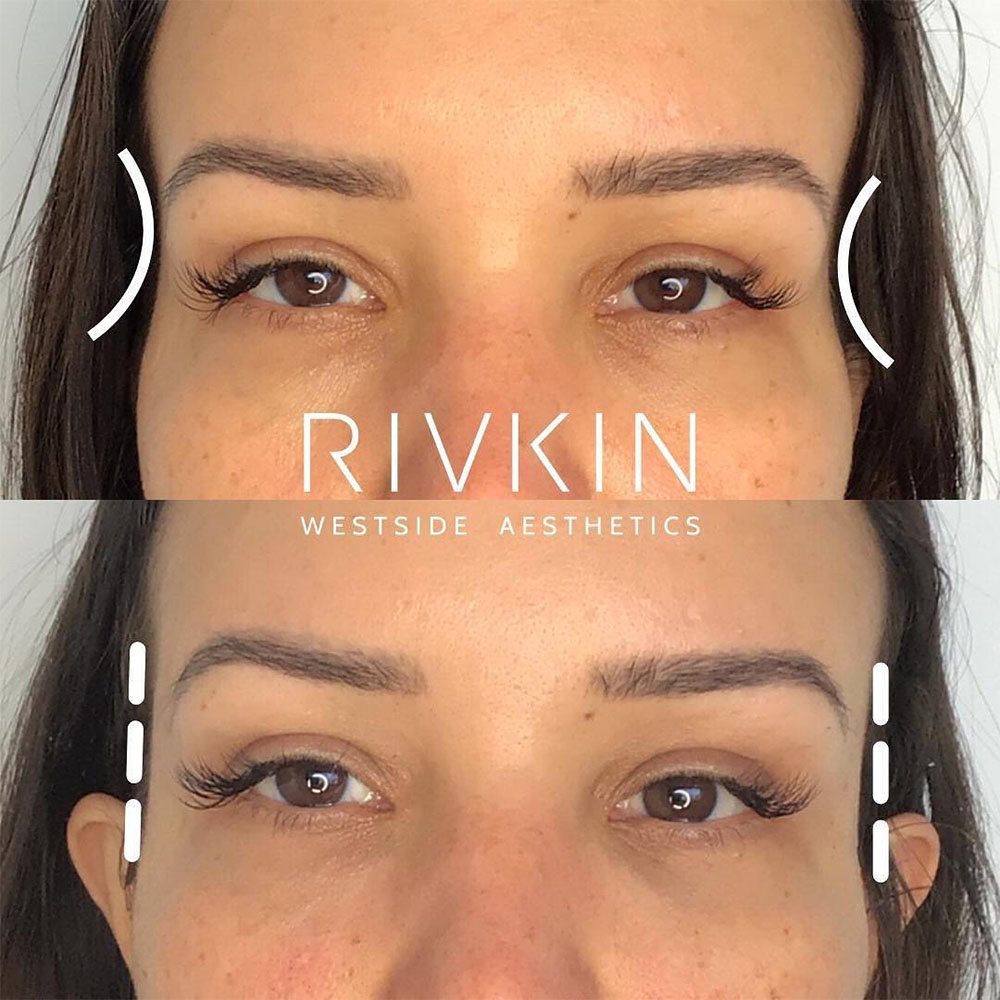
Temple Filler Before and After: What Results Can You Expect?
Temple filler before and after results show smoother contours, improved brow support, and less shadowing around the eyes. When combined with cheek and temple filler, the midface regains a more youthful balance, and lateral eye lift is more pronounced.
Photos of filler in temples before and after often show:
- Less concavity in the upper face
- Subtle brow lift
- Reduced orbital hollowness
- More harmonious facial thirds
This makes it a preferred approach for both mature and younger aesthetic patients.
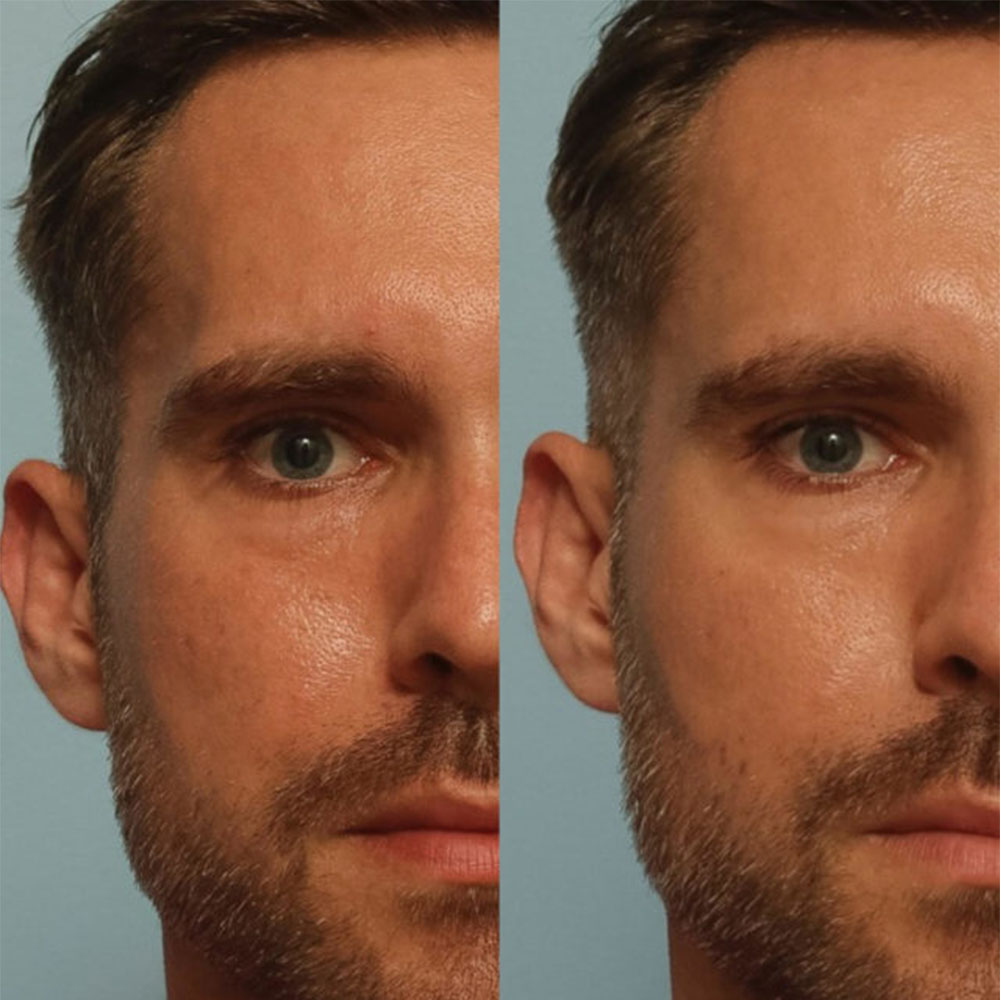
Aftercare guidelines for temple filler
Proper aftercare plays an important role in achieving smooth, long-lasting results from temple filler. In the hours following treatment, it’s recommended to apply a cold compress gently to reduce any initial swelling or bruising. Patients should also avoid touching or massaging the area, as unnecessary pressure can displace the filler during the settling period.
For the first few nights, sleeping on the back with the head slightly elevated helps minimize swelling and prevents unintentional pressure on the treated temples. Keeping the area clean and avoiding makeup application for at least 12 hours can also reduce the risk of irritation or infection.
It’s best to avoid strenuous physical activity, hot showers, saunas, or sunbeds for 24 to 48 hours after the procedure, as heat and increased circulation may interfere with filler integration. While most patients experience only minor side effects, providing clear aftercare instructions helps support an optimal outcome and patient satisfaction.
Temple Filler Downsides and Possible Complications
Though generally safe, temple filler does carry risks:
- Vascular occlusion: Though rare, this is a serious complication due to arterial anatomy in the temple.
- Filler migration: Can result from overfilling or incorrect plane of injection.
- Lumps or asymmetry: Particularly when using HA fillers without proper technique.
- Overfilled appearance: Results in a “puffy” or unnatural forehead temple junction.
Understanding proper injection technique and conservative dosing reduces these risks significantly.
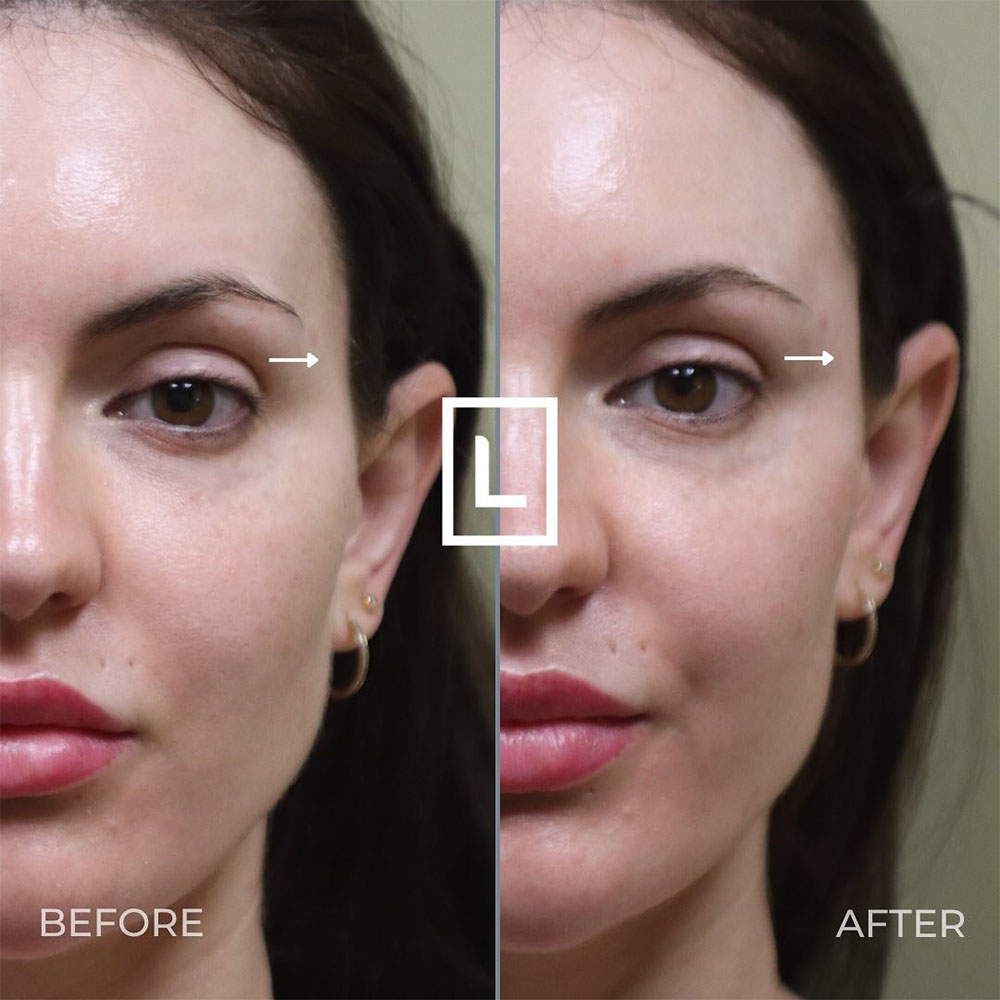
Filler in Temples vs Botox for Eye Lift
When it comes to fillers, they work by structurally supporting and lifting tissue. In general, they’re used mostly for volume loss correction and restoring facial harmony. Botox, on the other hand, temporarily relaxes muscles that pull down the brow and gives the best results when used for a dynamic brow lift and softening crow’s feet.
This is the reason why combination therapy is becoming increasingly popular, as combining the two delivers superior results: Botox for muscle pull relaxation and filler for structural lift. This is often the most natural and balanced approach for temple filler brow lift results.
FAQ: Temple Filler Insights
Is temple filler dangerous?
Temple filler is generally safe when performed by trained professionals. However, the area is anatomically complex, and thorough training is essential to avoid vascular complications.
What is the downtime for temple fillers?
Most patients return to normal activities within 24–48 hours. Mild swelling or bruising may last a few days.
How long do temple fillers last?
Hyaluronic acid fillers typically last 9–18 months. Biostimulatory fillers like Sculptra may last longer but build gradually over time.
What does too much temple filler look like?
Overfilled temples can appear swollen, unnatural, or cause temporal bulging. This is more common when superficial layers are overcorrected.
Does temple filler change eye shape?
Indirectly, yes. By lifting the lateral brow and outer eye frame, temple filler can open the eye area, giving a more youthful or almond-shaped appearance.
Conclusion
Using filler in temples to lift eyes is a powerful yet nuanced technique that offers more than just aesthetic rejuvenation. It supports the upper face, restores facial harmony, and helps both younger and mature patients achieve a naturally refreshed look. When performed with anatomical precision and the right product selection, temple filler plays a key role in the rejuvenation process.
For those interested in mastering the technique, check out advanced aesthetic medical training programs on HubMed Ed.
Sources
- Cotofana S, Gaete A, Hernandez CA, et al. The six different injection techniques for the temple relevant for soft tissue filler augmentation procedures - Clinical anatomy and danger zones. J Cosmet Dermatol. 2020;19(7):1570-1579. doi:10.1111/jocd.13491 https://pubmed.ncbi.nlm.nih.gov/32418303/
- Lee W, Park JW, Yang EJ. Temple augmentation by injecting a hyaluronic acid filler between the superficial and deep temporal fasciae. J Cosmet Dermatol. 2022;21(10):4313-4318. doi:10.1111/jocd.15004 https://pubmed.ncbi.nlm.nih.gov/35435310/
- Ahn HS, Kim HM, Oh W, Yi KH, Kim J, Kim HJ. Singular entry point technique for forehead and temple filler augmentation: Anatomical and clinical perspectives. J Cosmet Dermatol. 2024;23(10):3195-3201. doi:10.1111/jocd.16411 https://pubmed.ncbi.nlm.nih.gov/38837504/
- Kapoor KM, Chatrath V, Li CQ, Bertossi D. Pinch anatomy: An injection guide for temple filler injections. Dermatol Ther. 2020;33(6):e13983. doi:10.1111/dth.13983 https://pubmed.ncbi.nlm.nih.gov/32638473/
*This article is intended for licensed medical professionals. All protocols, dosages, and treatment insights referenced herein are based on published literature. The content is not intended to encourage application, diagnosis, or self-treatment of unlicensed individuals, and should not be used as a substitute for the clinical judgment of a qualified healthcare provider.
Disclaimer:
This article is intended for licensed medical professionals. All protocols, dosages, and treatment insights referenced herein are based on published literature. The content is not intended to encourage application, diagnosis, or self-treatment of unlicensed individuals, and should not be used as a substitute for the clinical judgment of a qualified healthcare provider.

